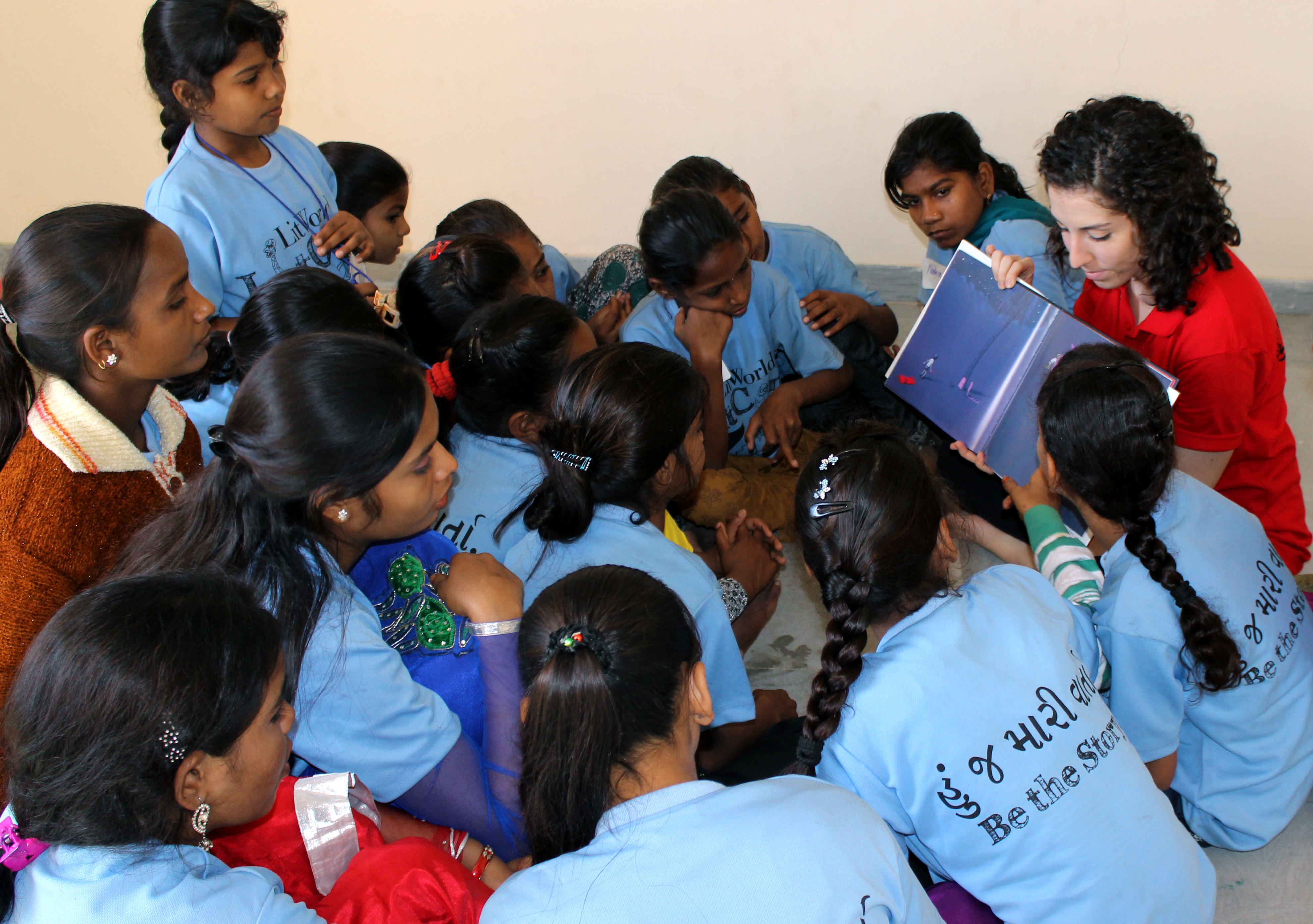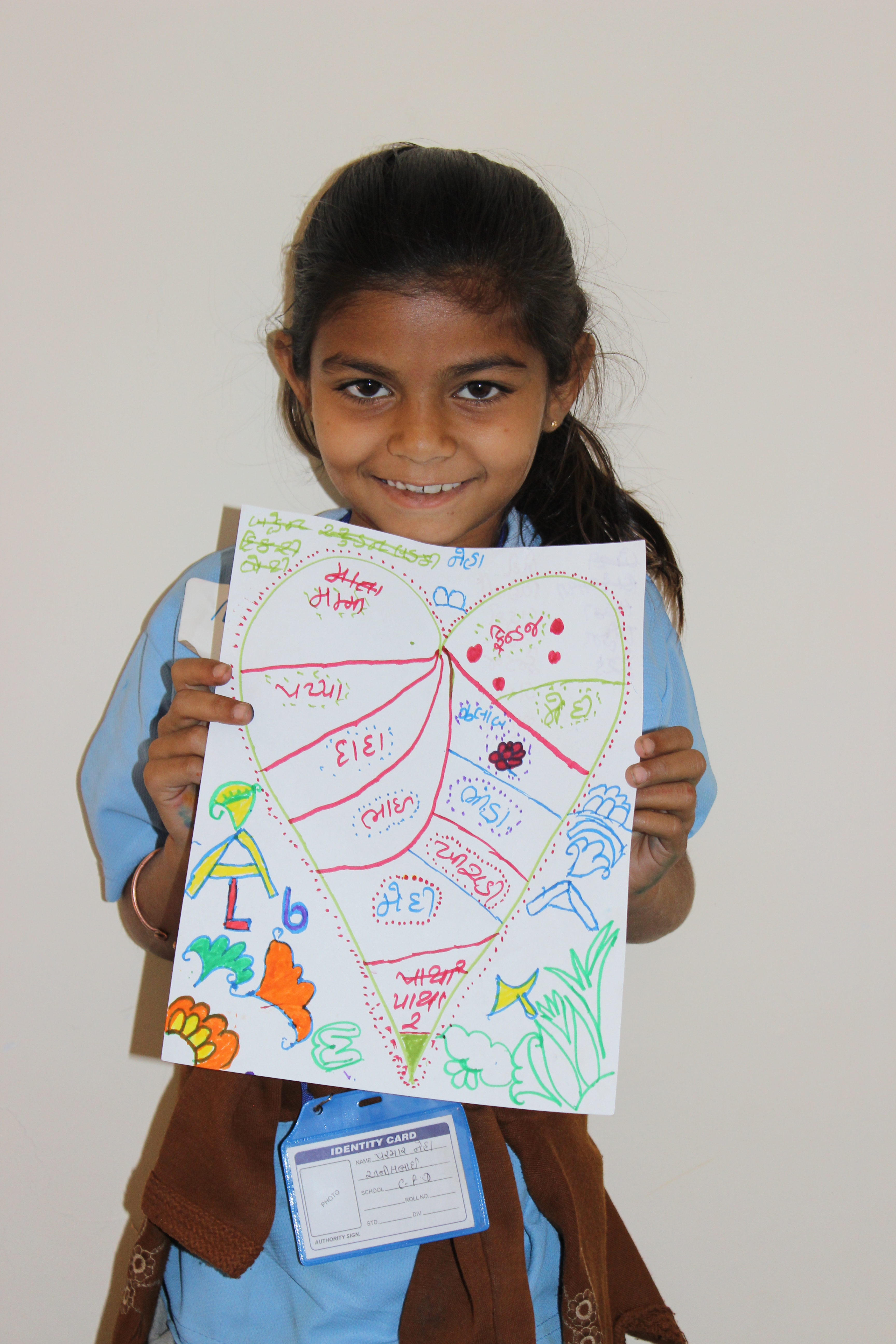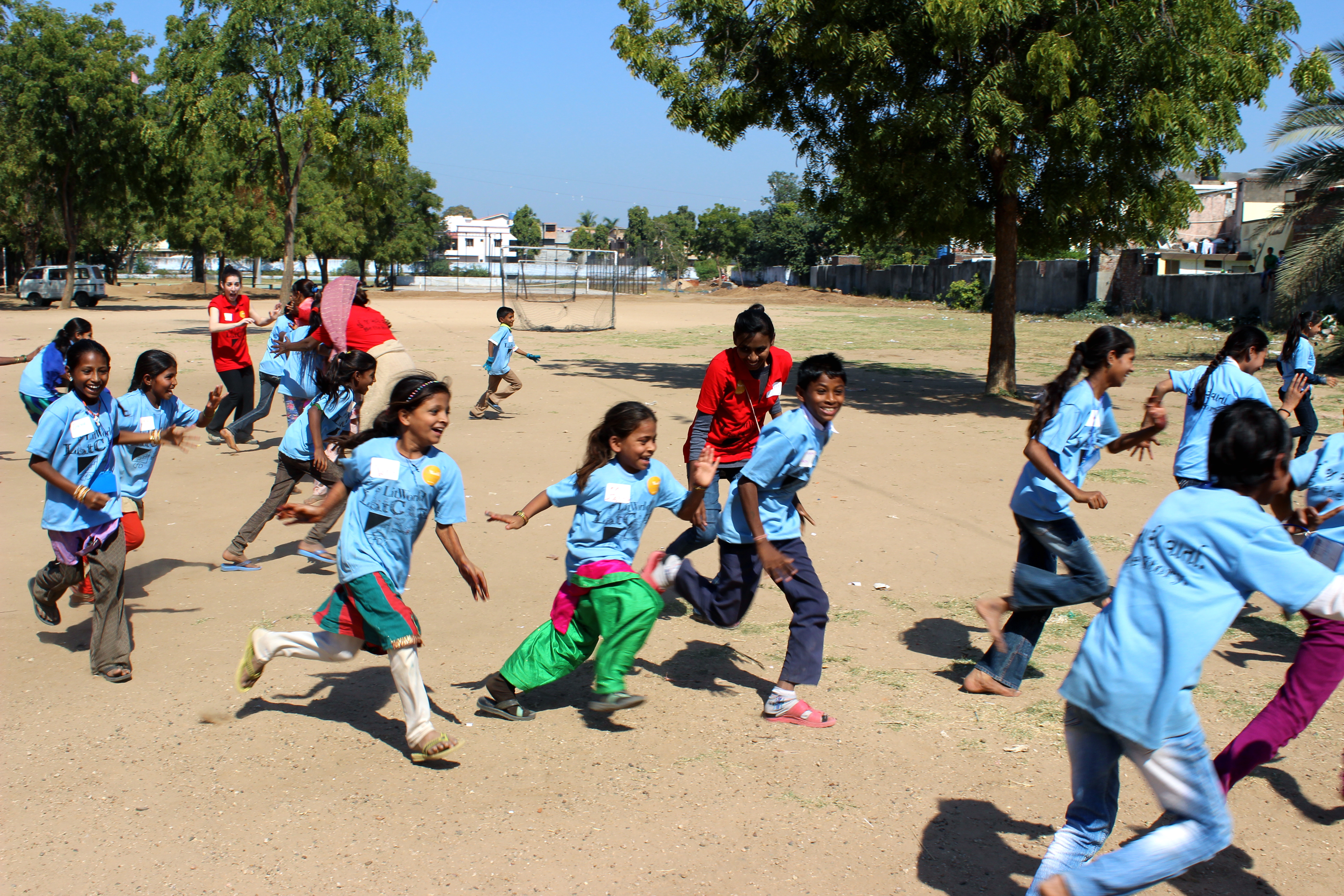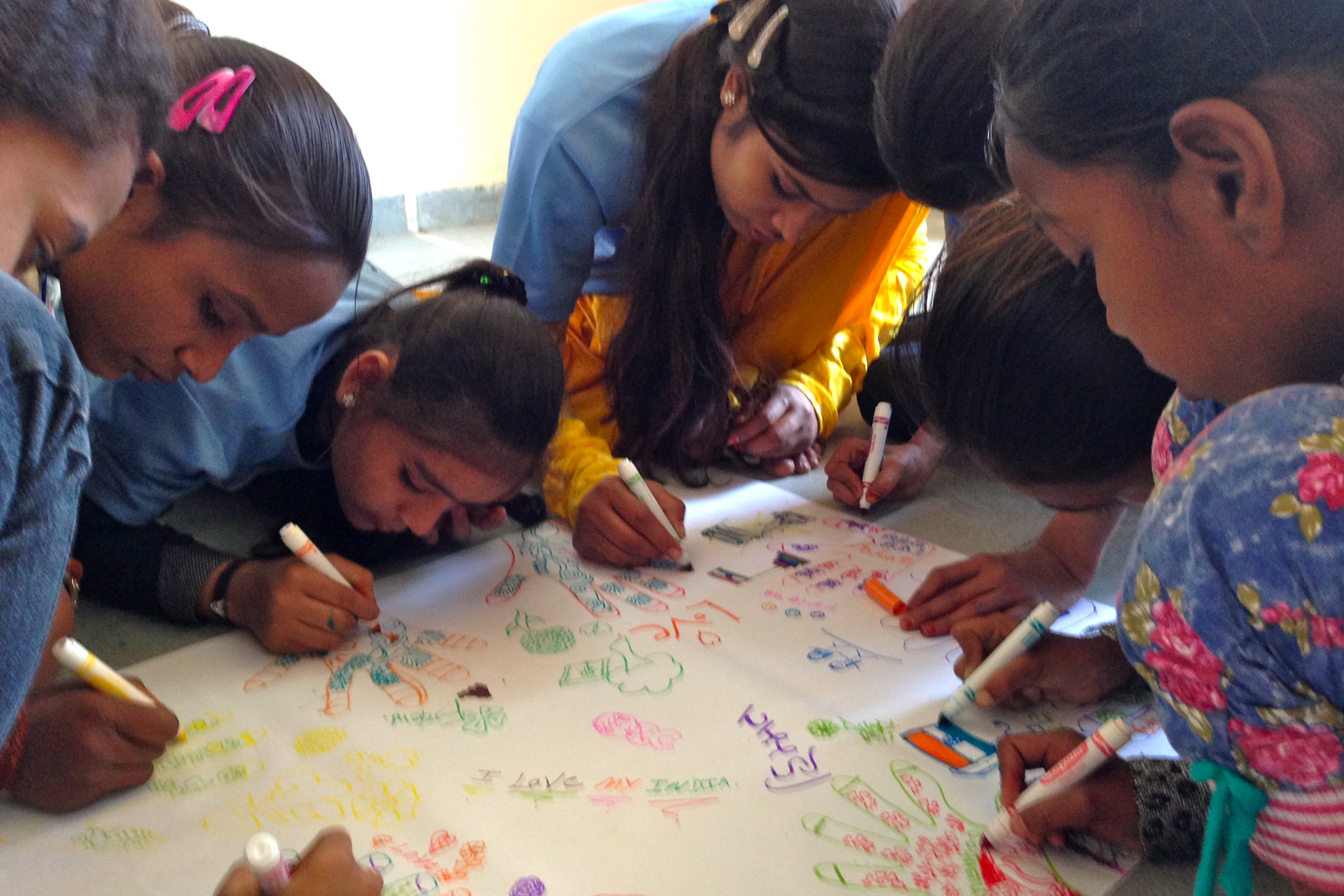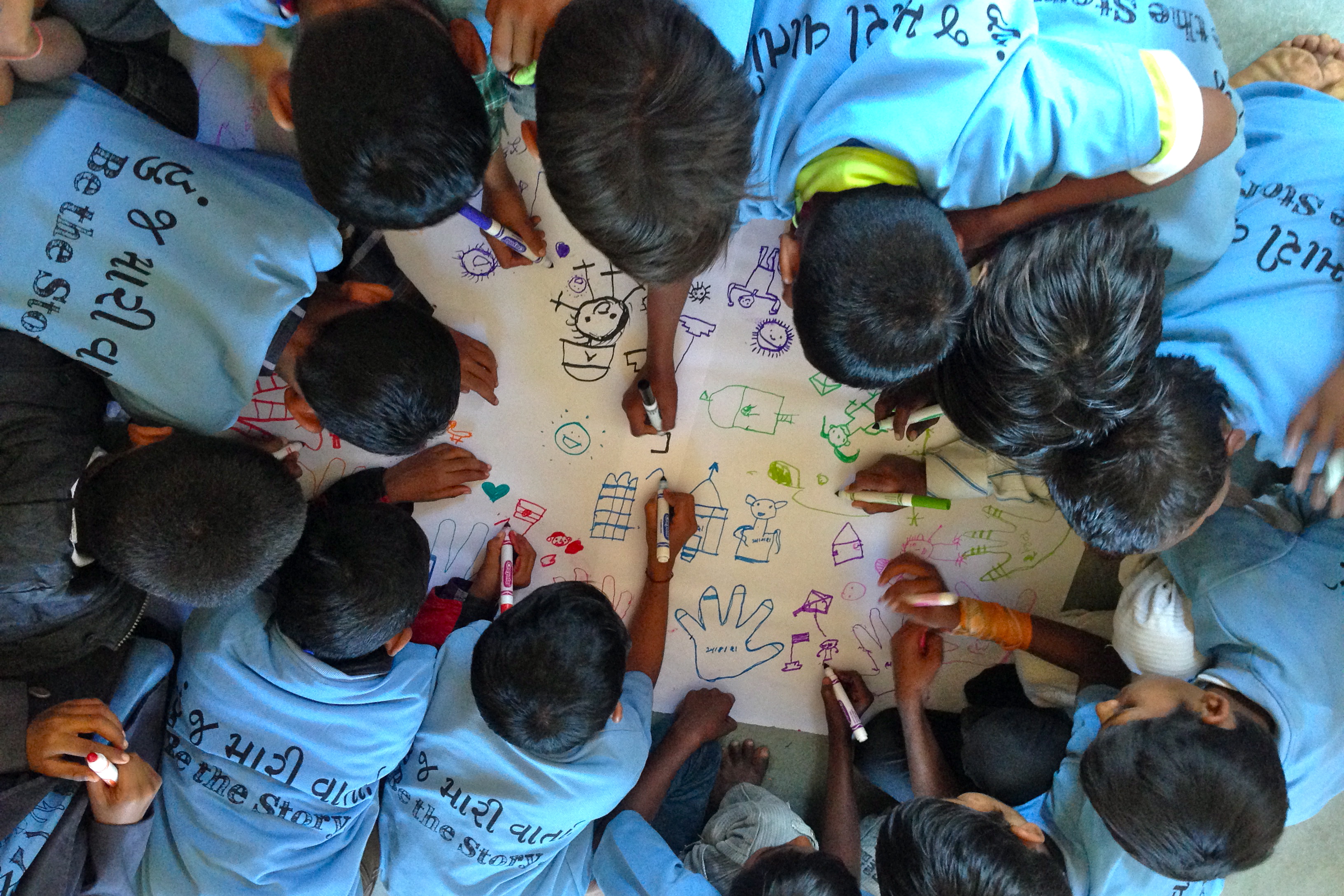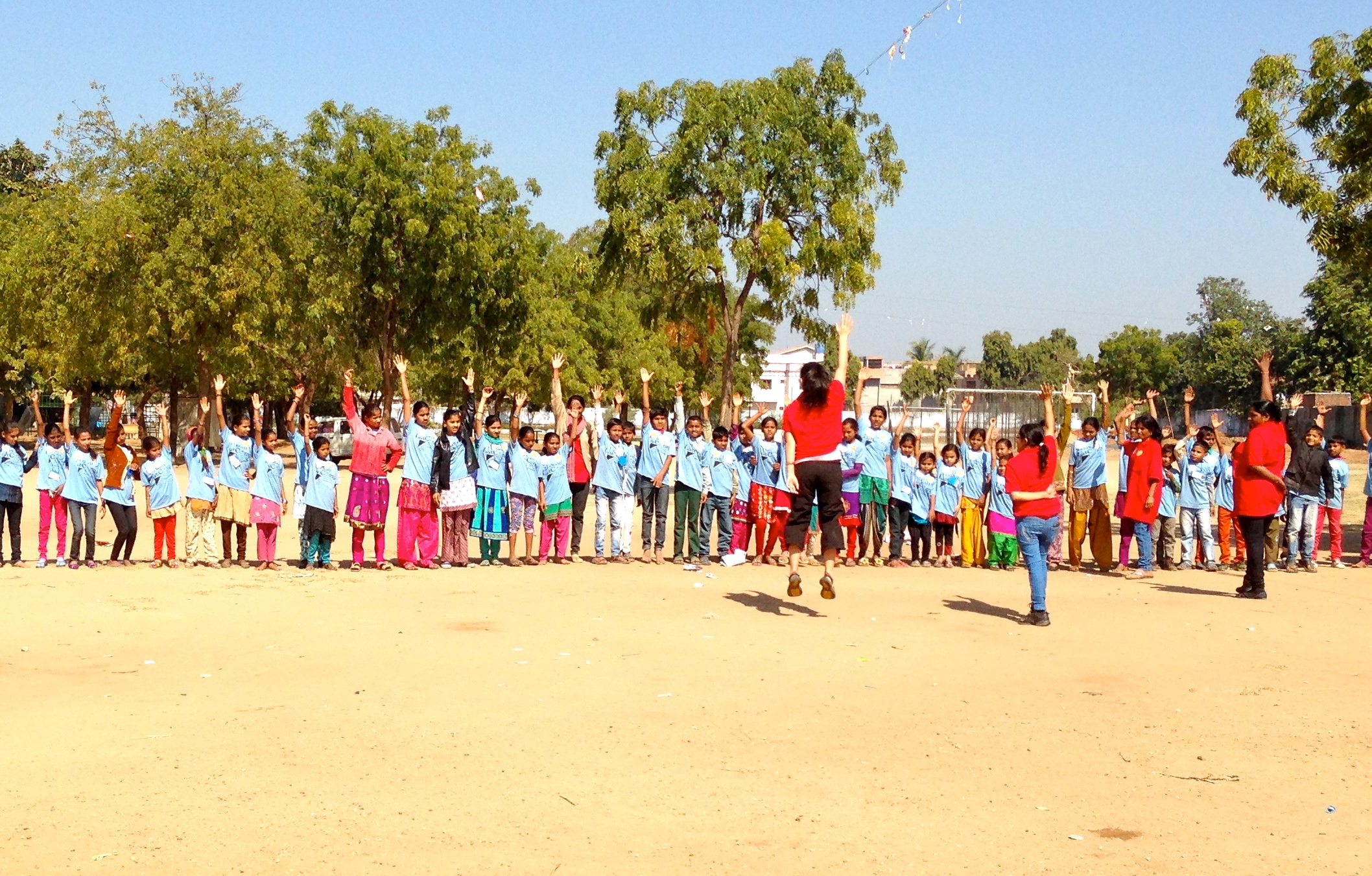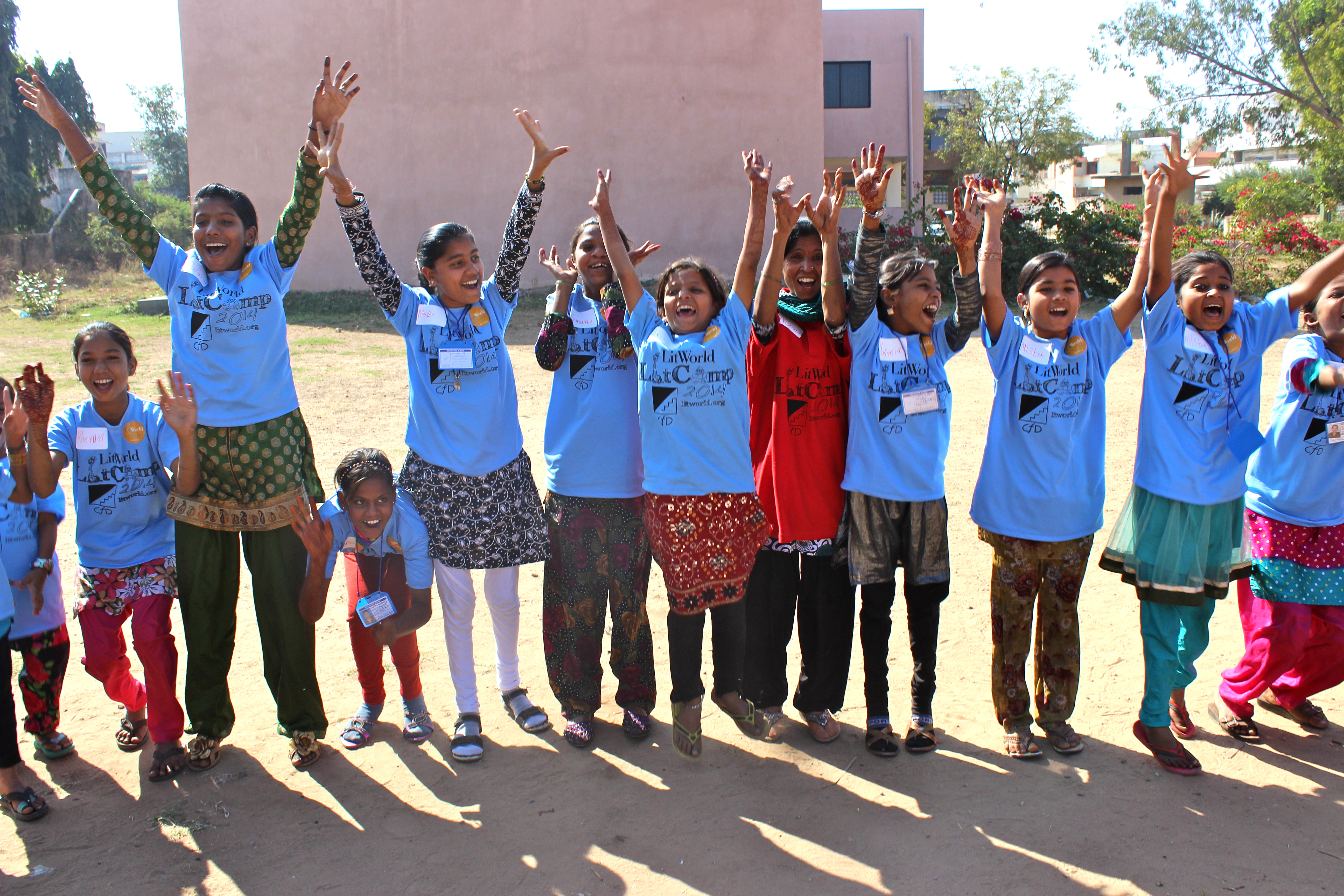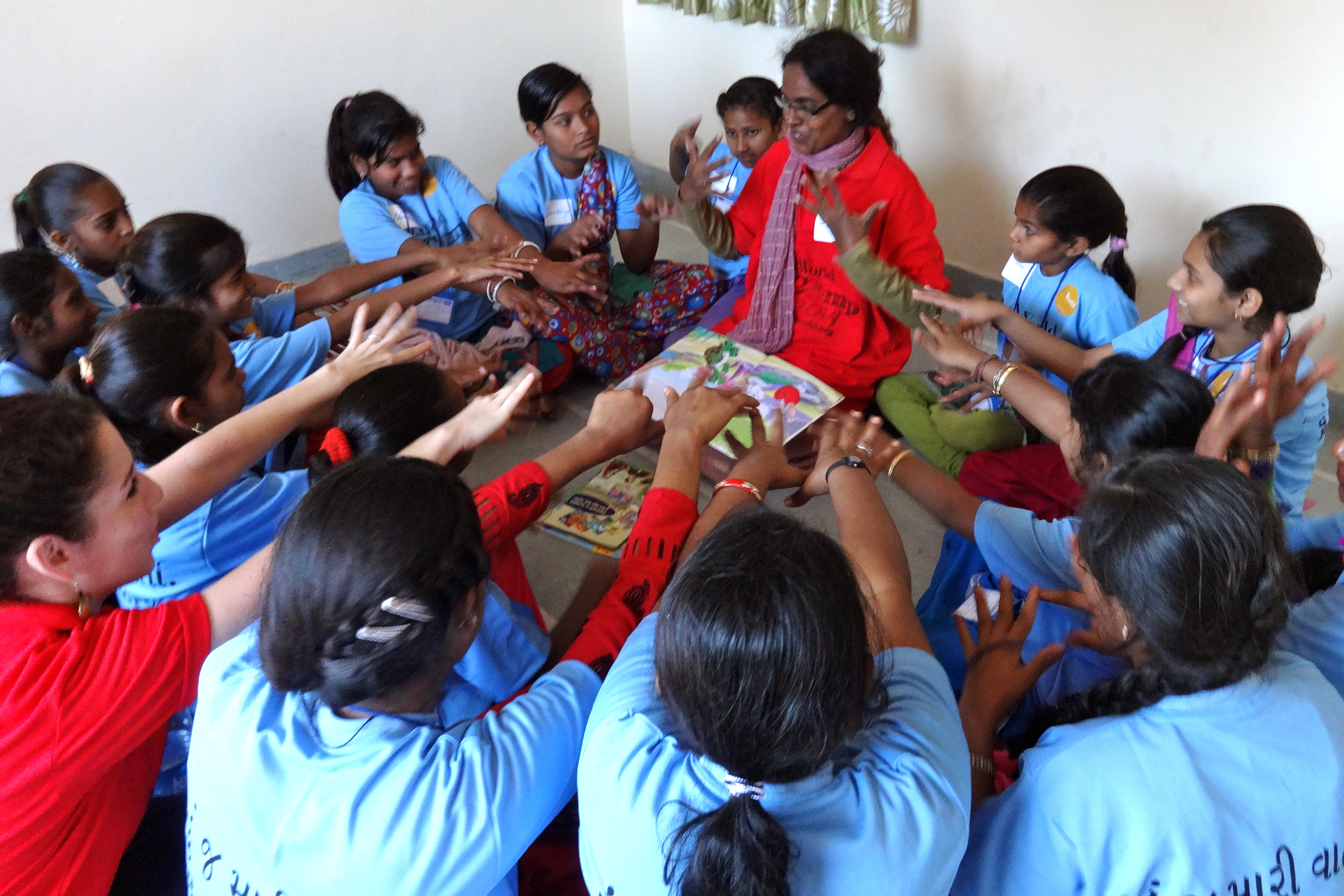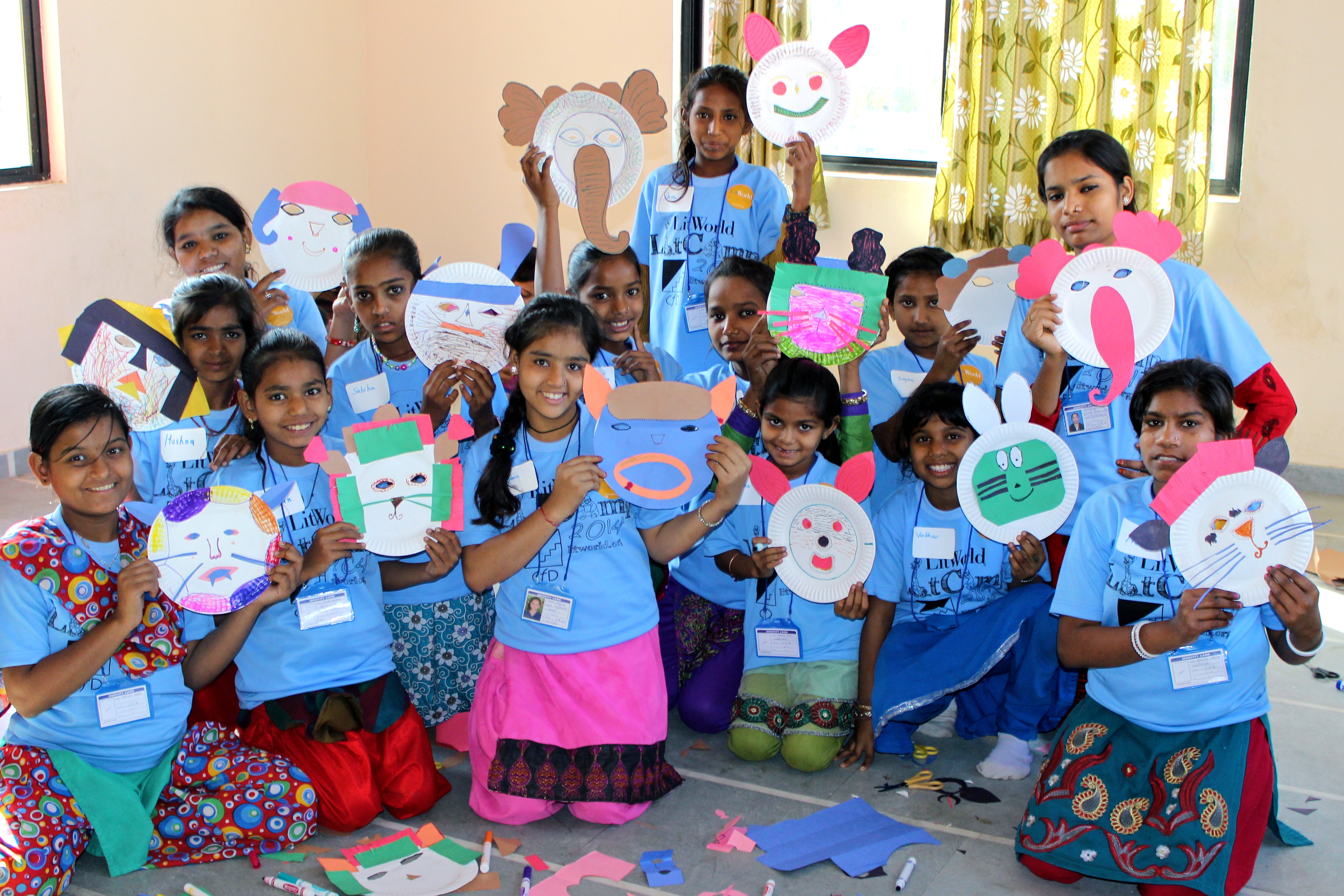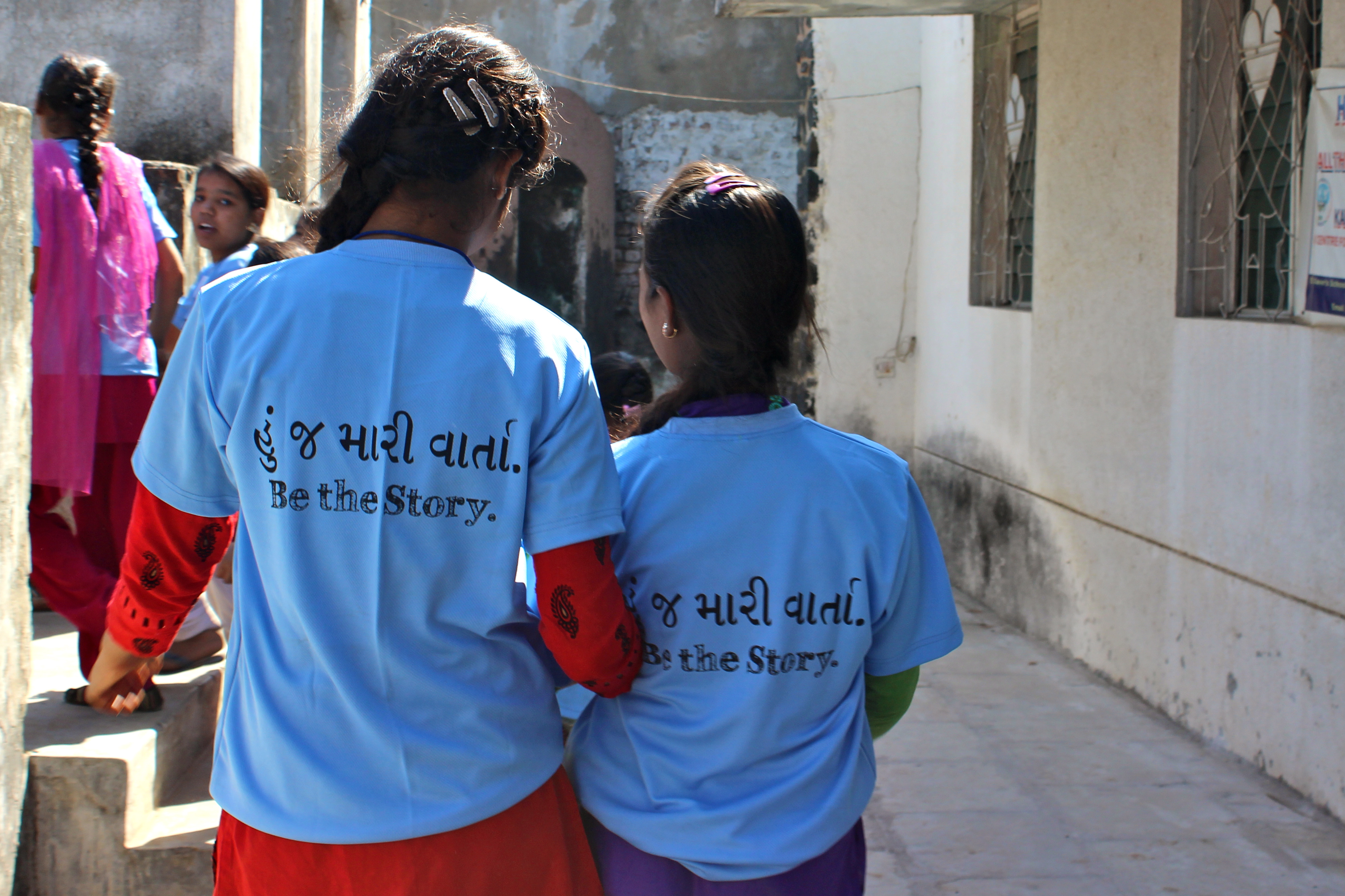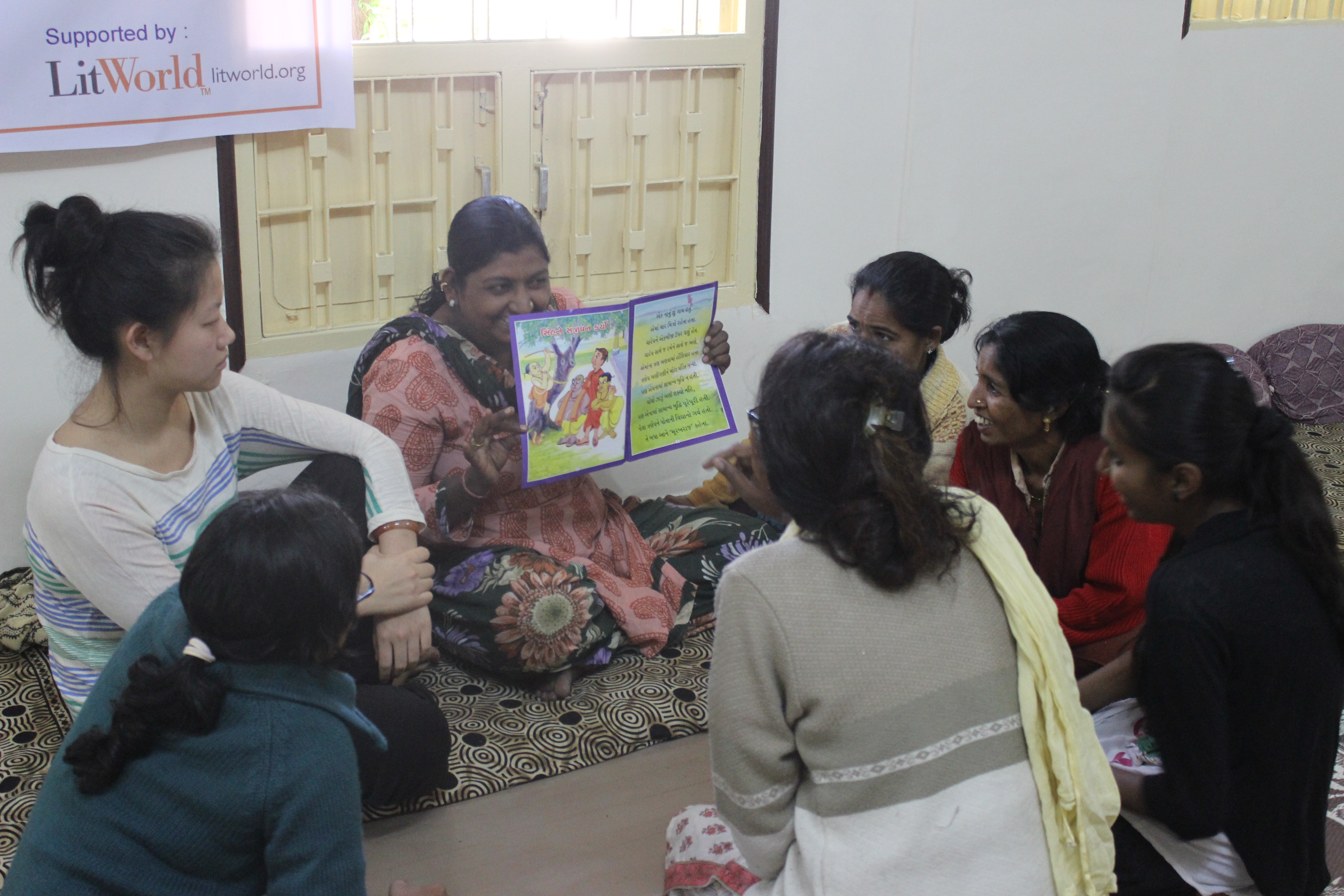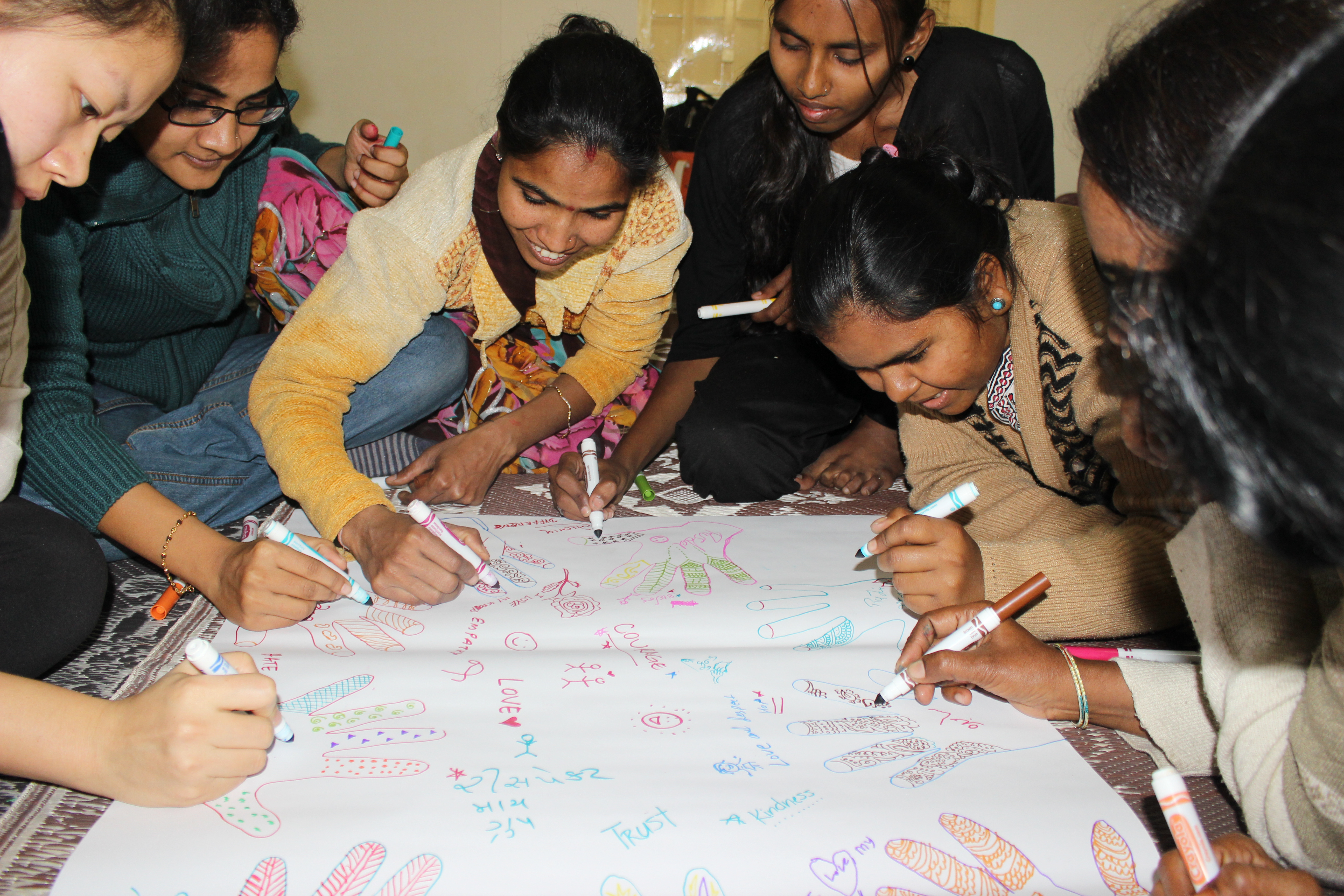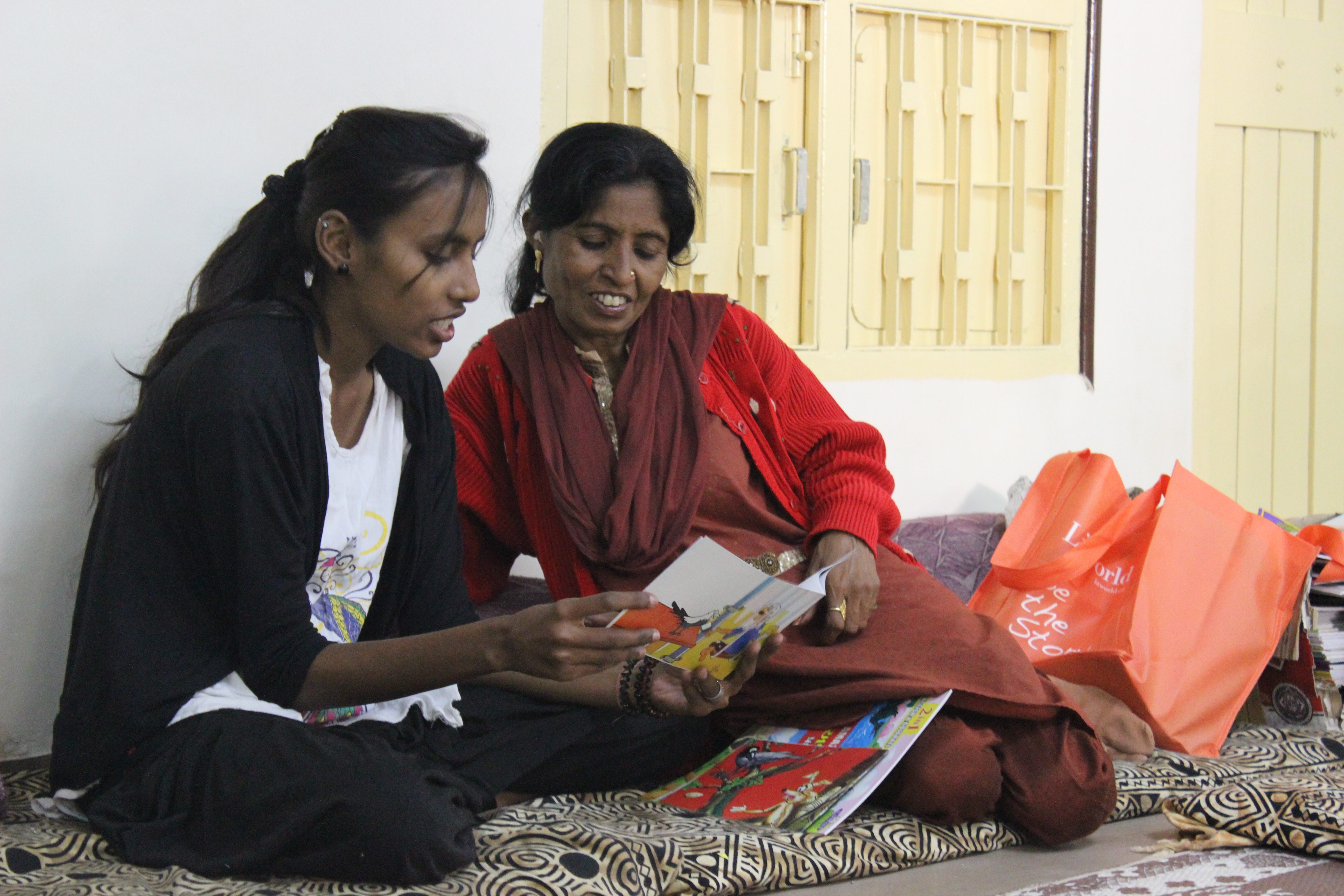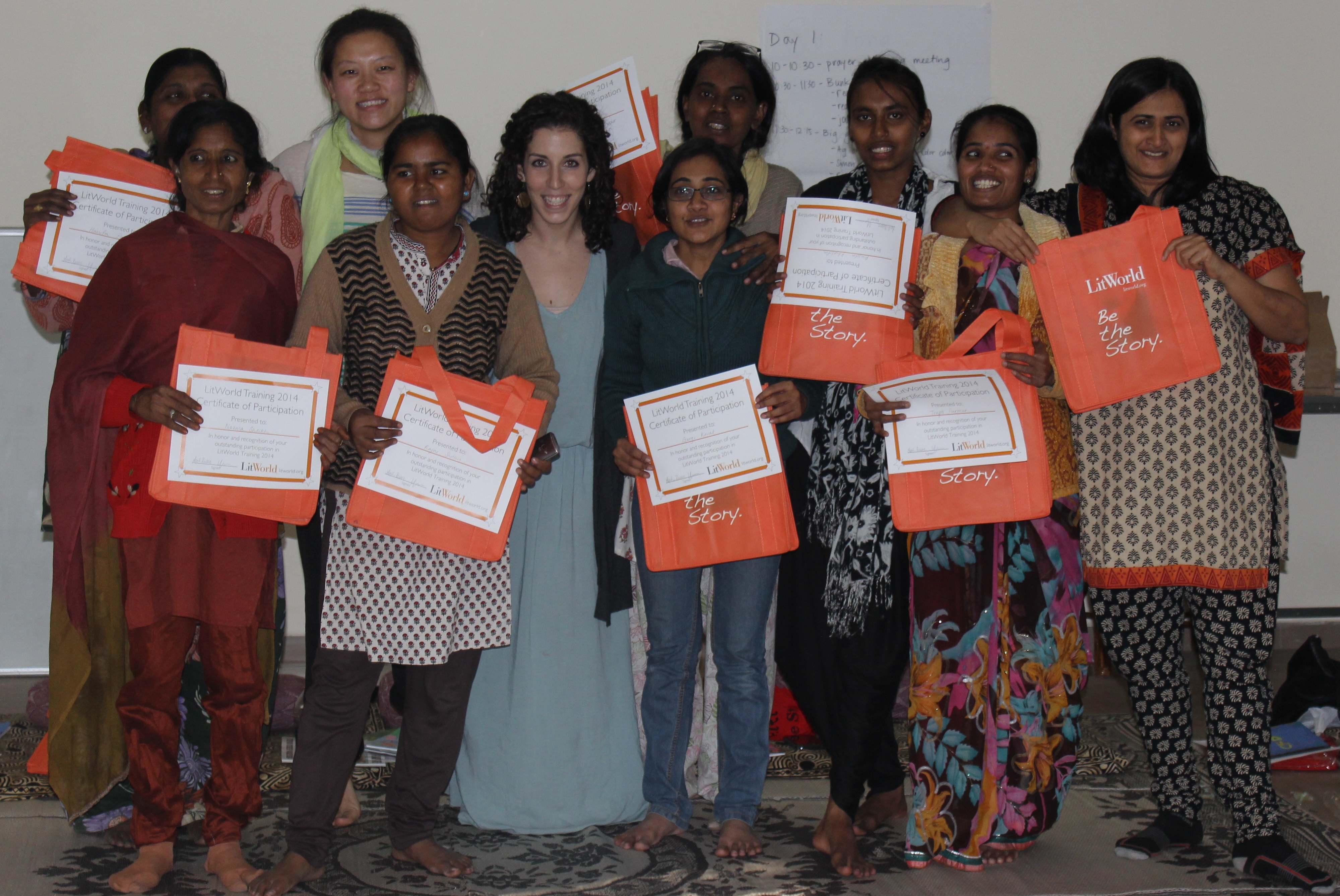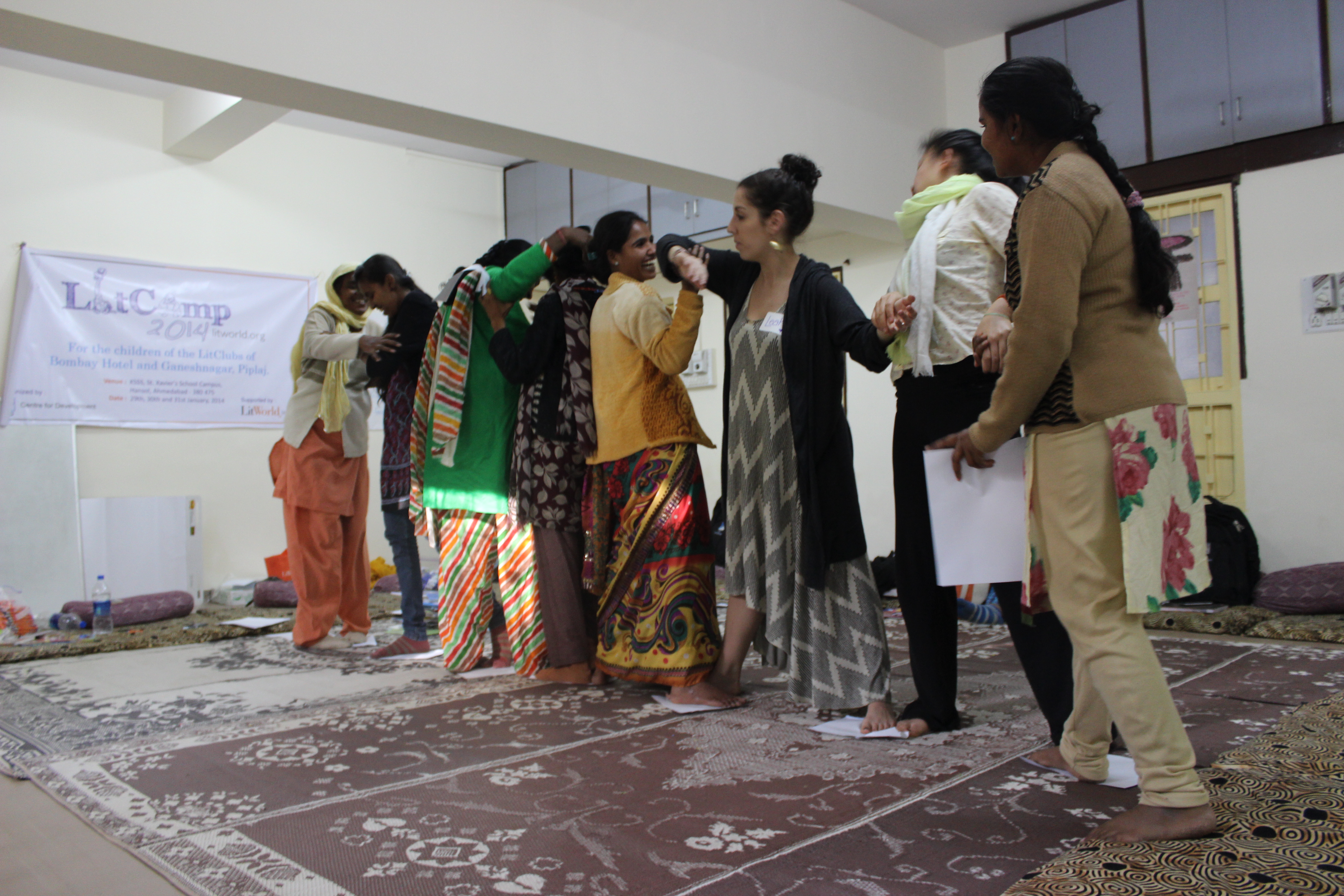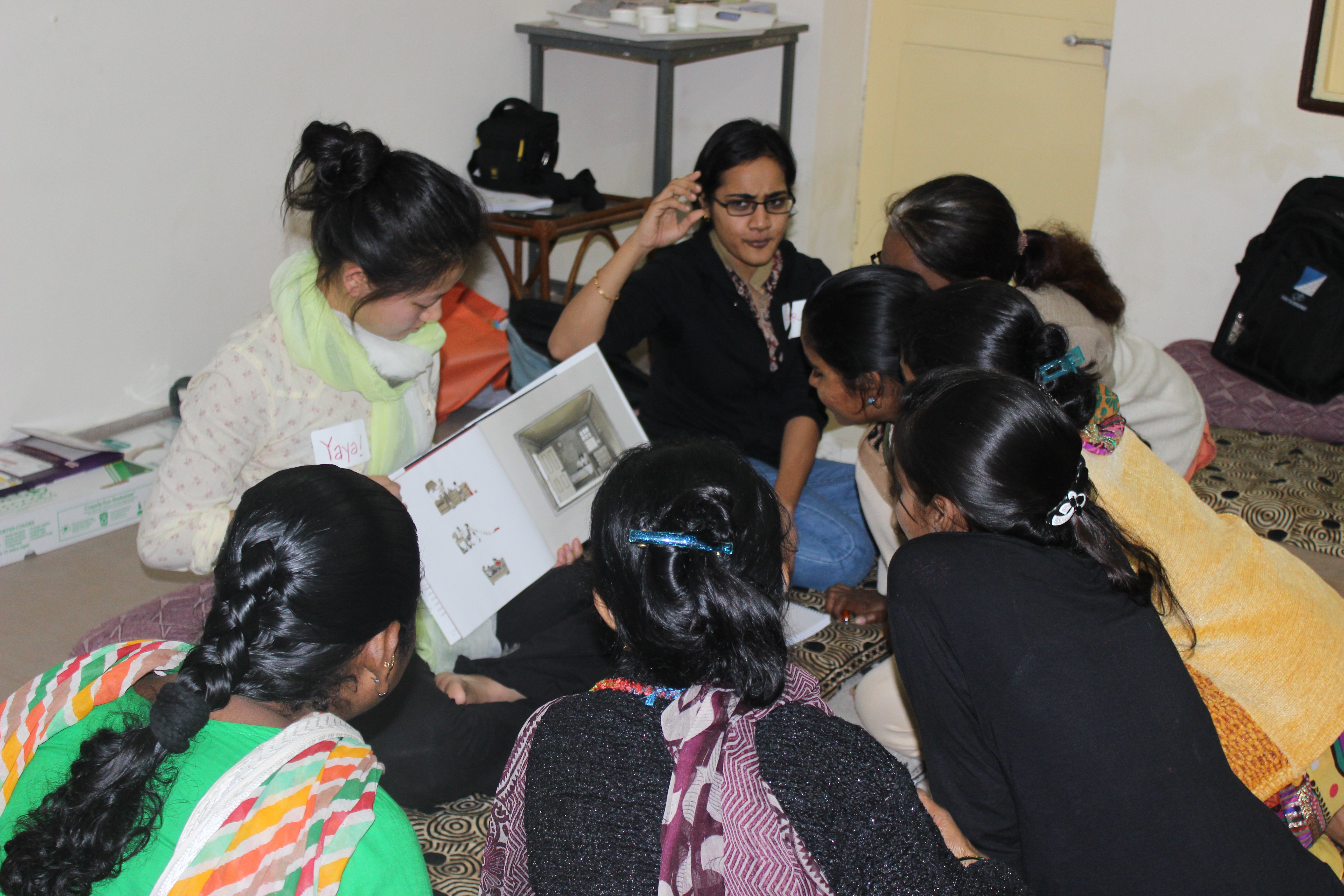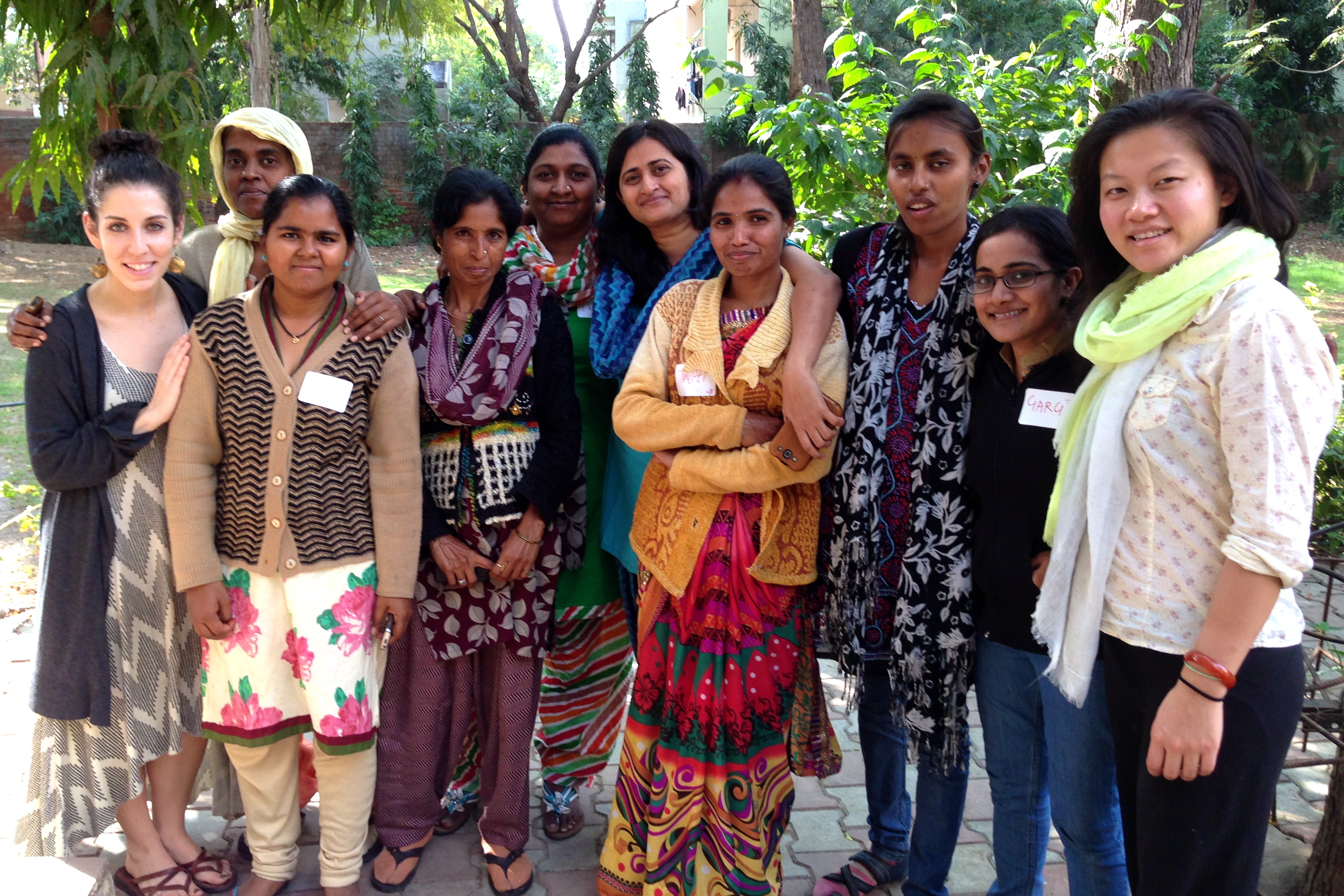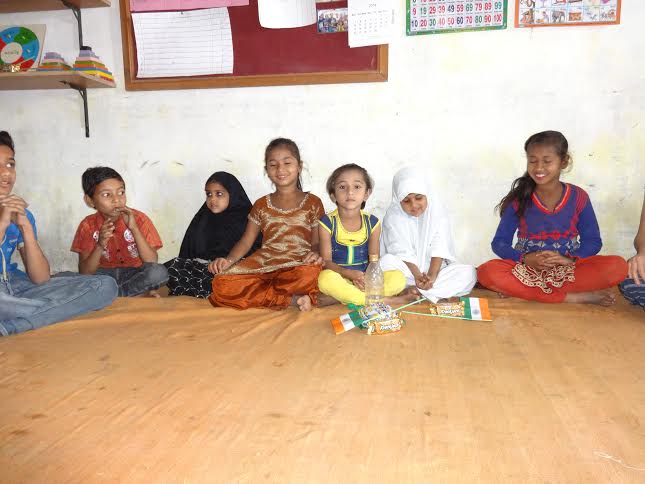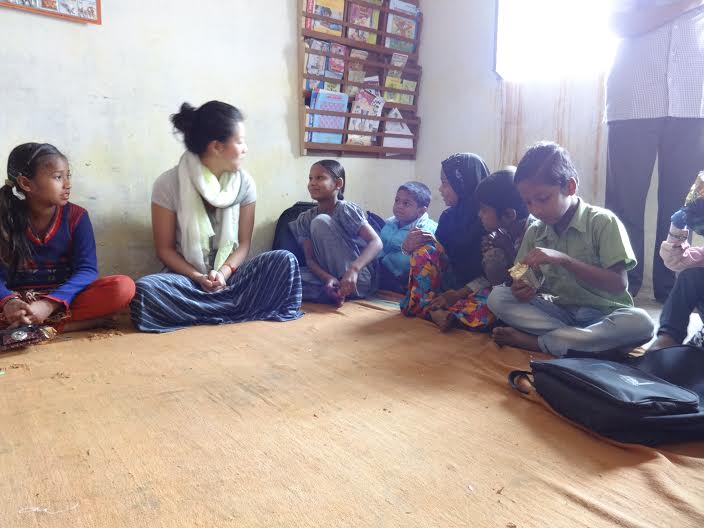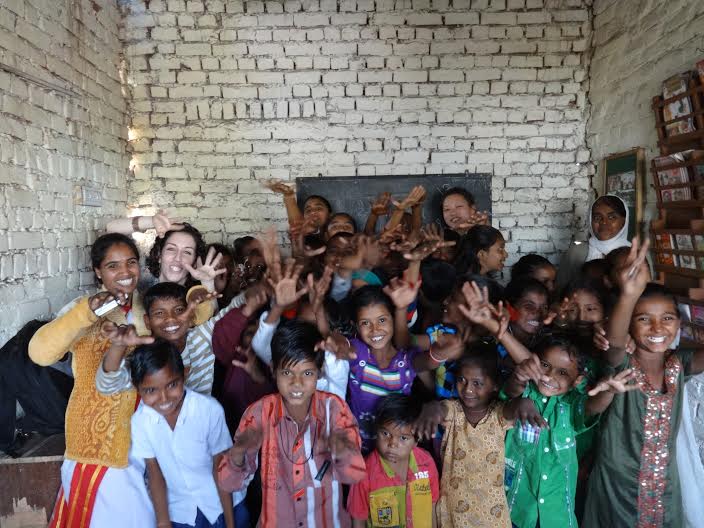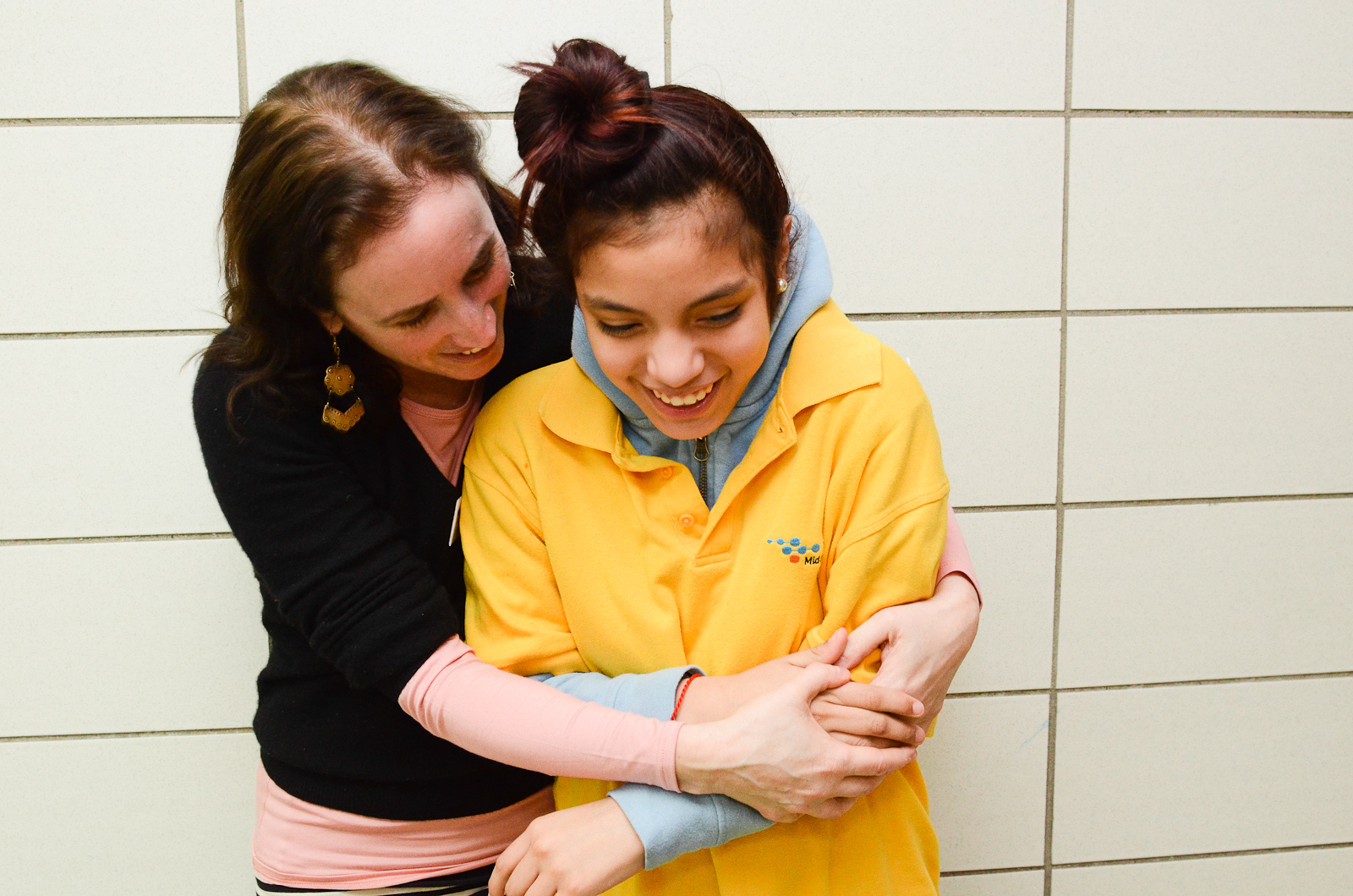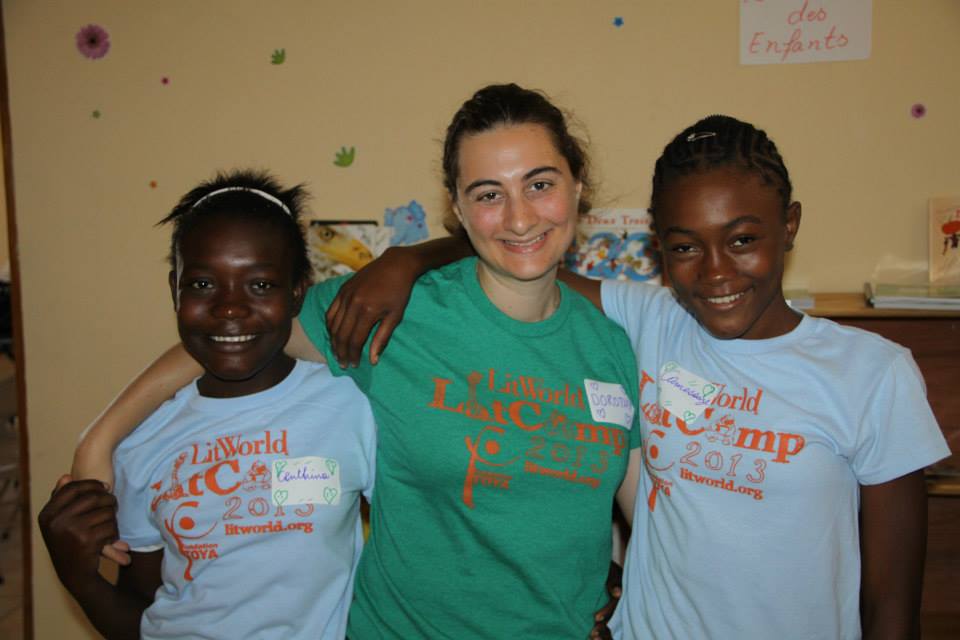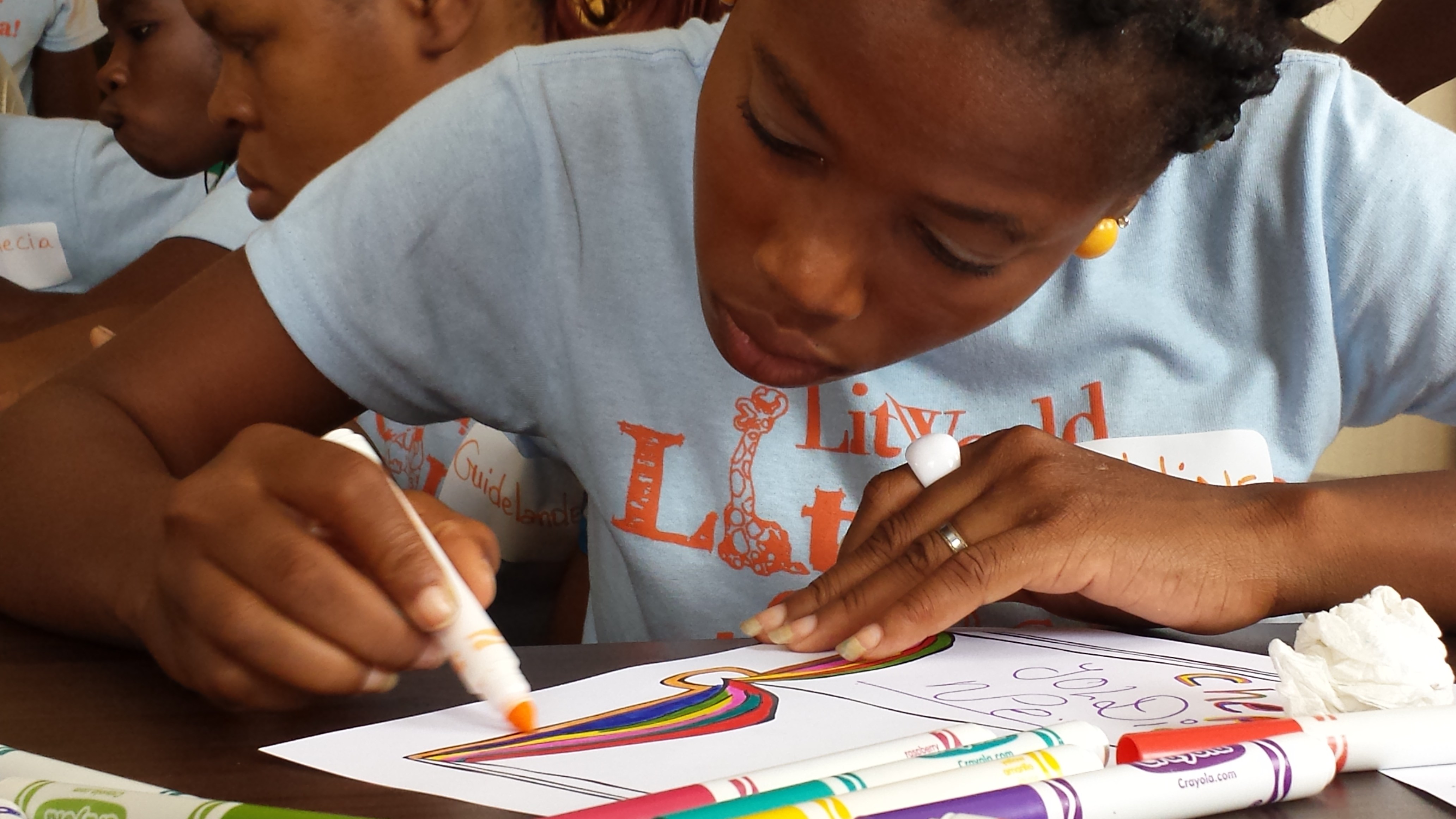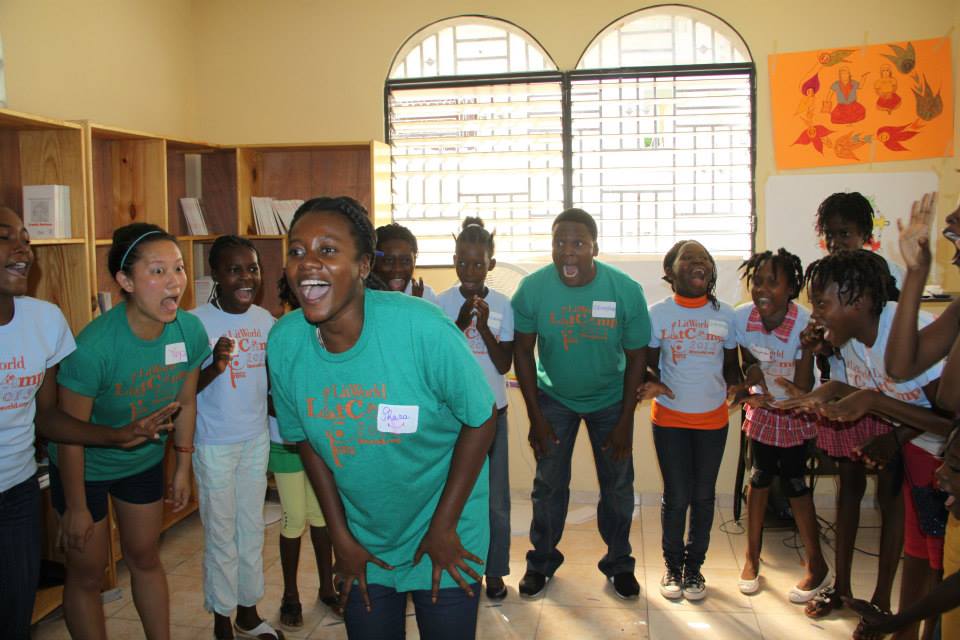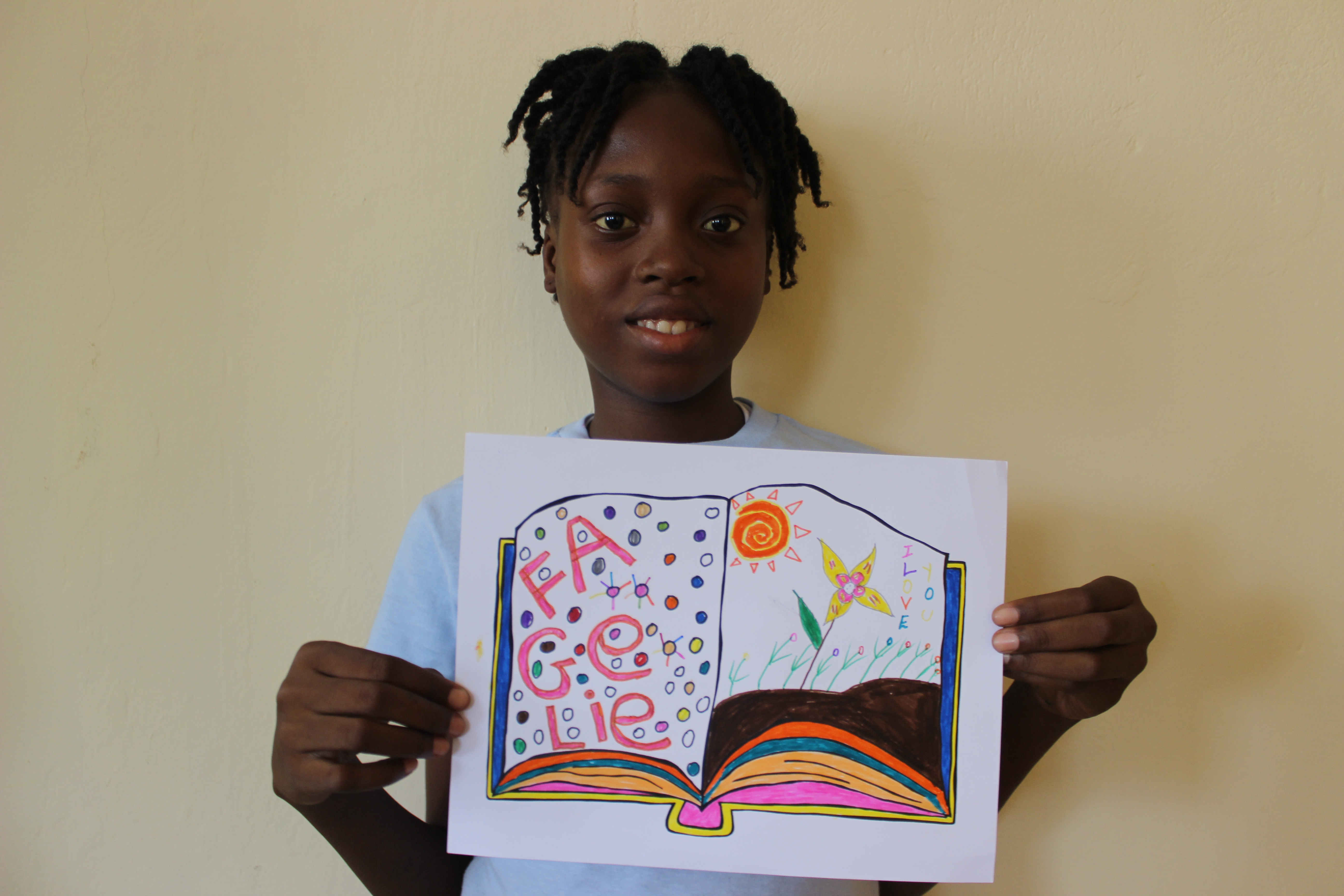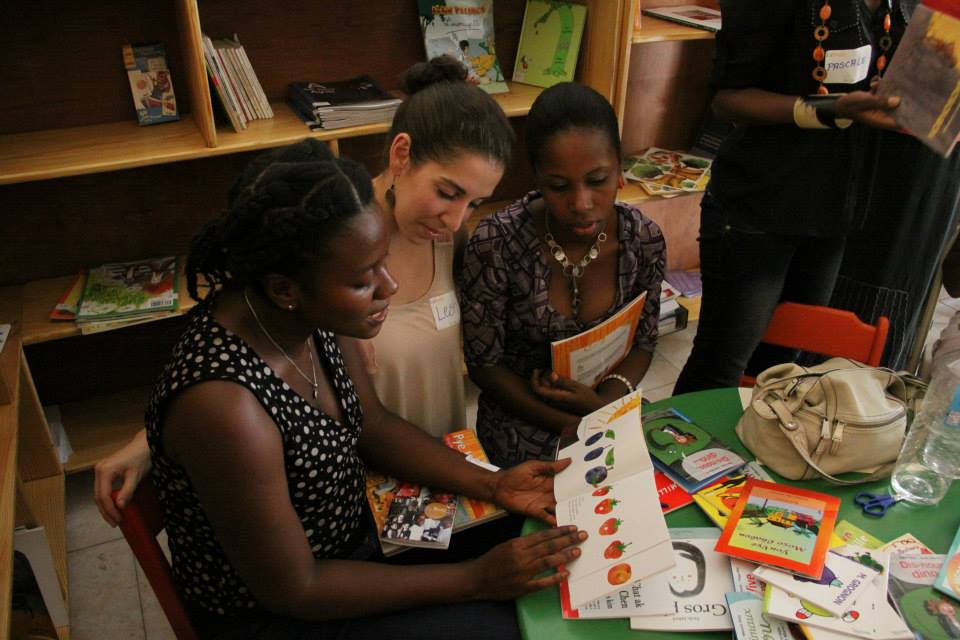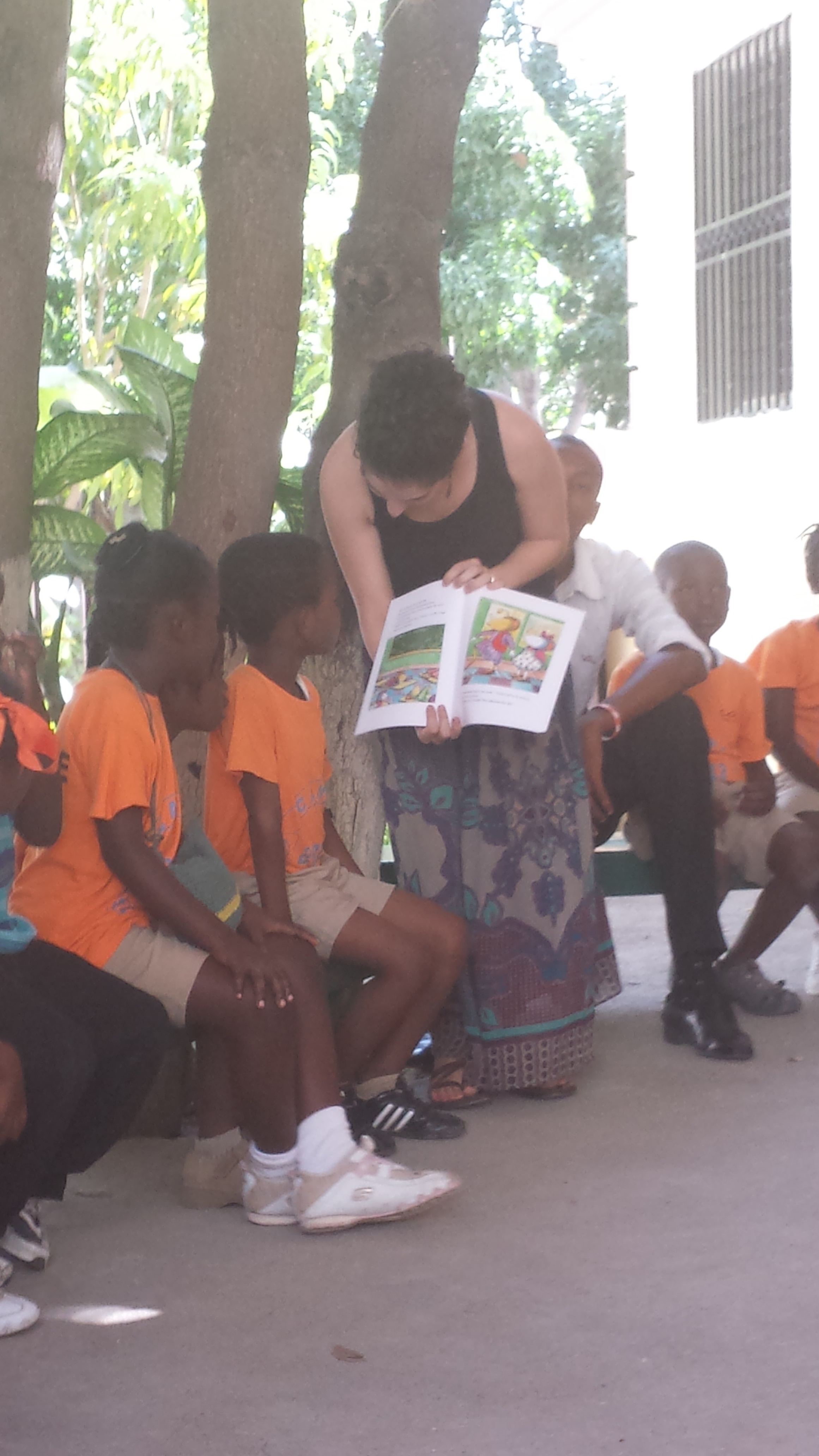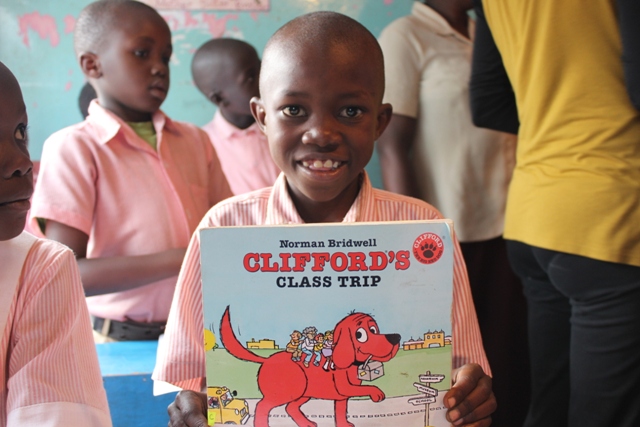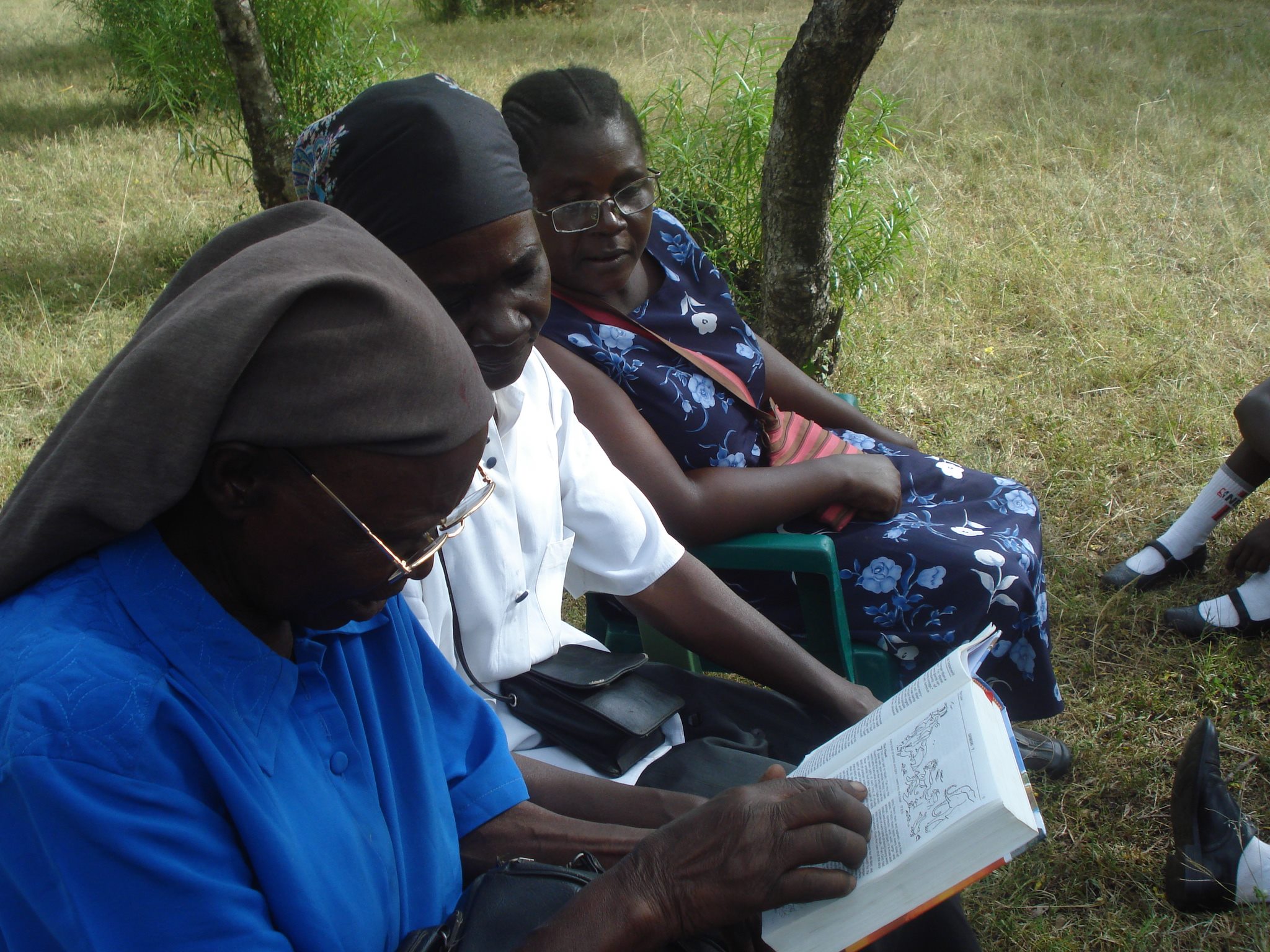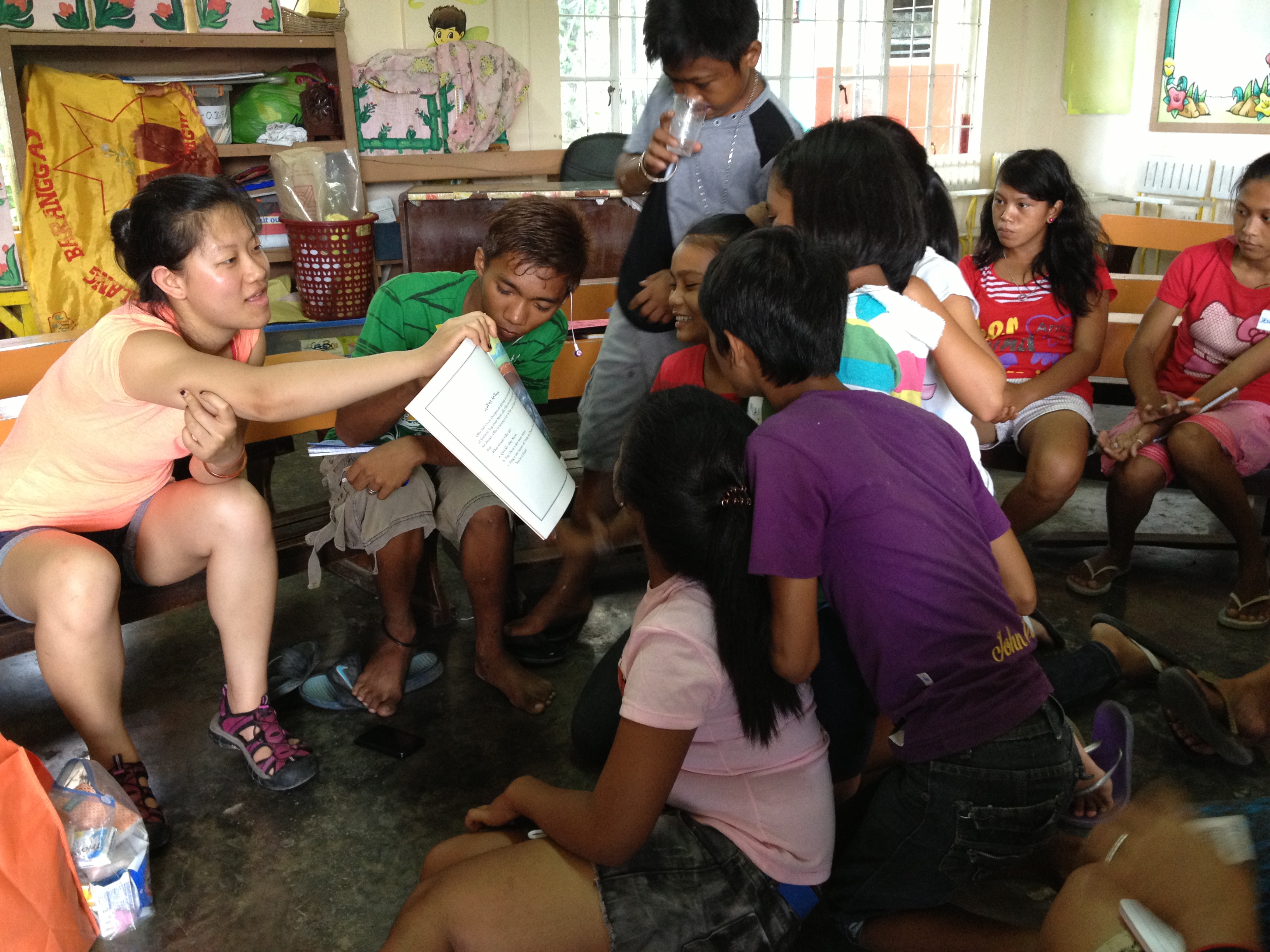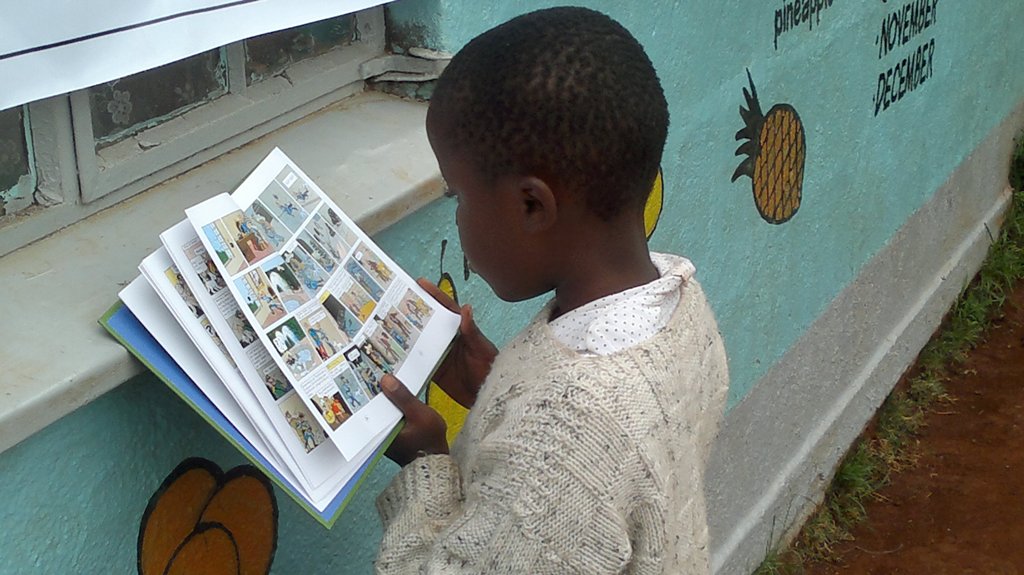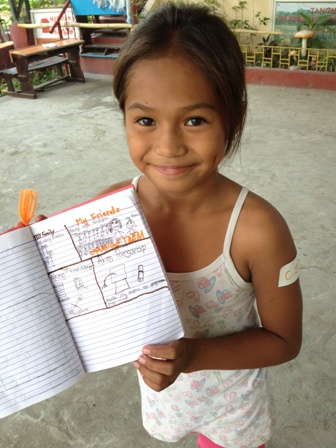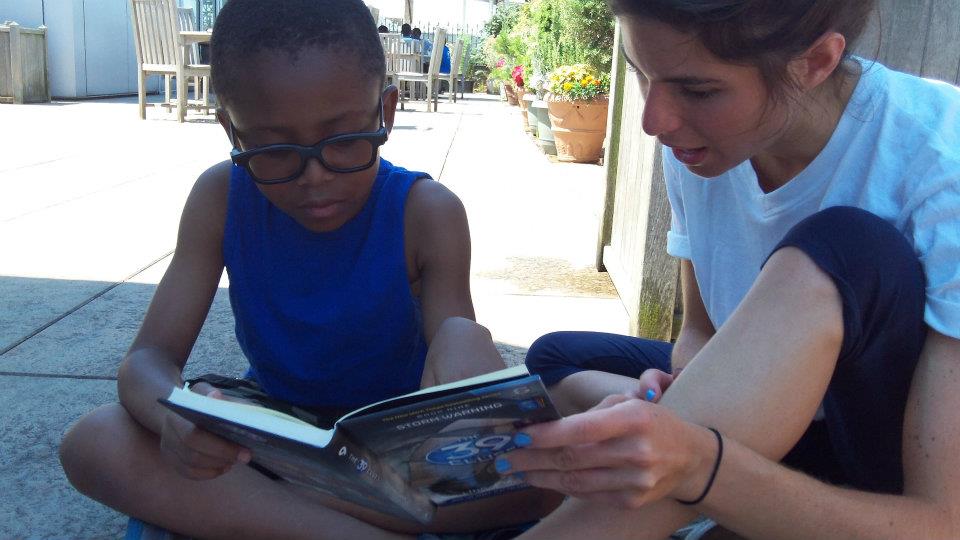 Summer reading memories are a joyful and comforting gift that will return to your child year after year with the scent of a warm breeze. Here are 10 ways to nurture your child’s summer reading life.
Summer reading memories are a joyful and comforting gift that will return to your child year after year with the scent of a warm breeze. Here are 10 ways to nurture your child’s summer reading life.
1. Make a Summer Blockbuster
Don’t wait for Hollywood to turn your family’s favorite story into a summer thriller, make your own film adaptation! The boys and girls of our LitClubs love making short movie trailers inspired by their favorite books. As your child enjoys the creative process of active storytelling, she is also practicing finding and communicating the theme and plot of a story to an audience. You may choose to film the trailer or simply act it out. (Be prepared to channel your inner Meryl Streep as necessary!)
2. Bring Characters to Life
In books we meet some of our best friends, and anyone who has fallen hopelessly in love with a story can attest to the fact that characters have lives that extend beyond the words written on a page. Show your child how to bring characters to life by living as the character in one of her favorite books for a day. On this day let this character inspire your meals, your music, your field trips, your manner of speaking, and your reading choices.
3. Share Reading Recommendations
Show your child how much you value his opinions by sharing his reading recommendations far and wide. This can be done using a social networking site like Goodreads, or publishing a family newsletter. Reinforce for your child that every opinion is valid (we don’t always love what we read!) and encourage him to return to the text to give reasons that support his opinions.
4. Rally Behind the 7 Minute Reading Challenge
Drop everything and read every day for 7 minutes. This quirky odd number is fun, feasible and achievable, and dispels the notion that to be successful readers we must read a book from cover to cover. These 7 daily minutes are extraordinarily powerful in building fluency and stamina. While you’re at it, sign up for the Scholastic Summer Reading Challenge and log these minutes towards a world record.
5. Take your Tales 2 Go
Summer lends itself to day trips and longer vacations. Take advantage of the time you may be spending in a car or on a train by loading your child’s tablet or iPod with audio books. From non-fiction that is relevant to your adventure, to a classic novel, bring reading to life in a new and joyful way.
6. Host a Family Summer Camp
Turn your home into a summer LitCamp! Each week of our Harlem LitCamp has a special theme, including animals, science, cooking and health. Choose your own theme weeks and seek out different genres of text around this theme. After a week immersed in the topics of your child's choice, plan a fun “inspiration celebration” together to mark the end of a successful exploration. This may be a special field trip or art project.
7. Tell Stories Through the Lens
In the 21st century, visual literacy is extremely important. This photo challenge asks your child to re-tell the stories or informational text she reads through her own lens (literally). Take a photography walk and have your child capture images that are relevant to what she is reading. Encourage a variety of connections - from objects that are the character's favorite color to a close up of an ant hard at work.
8. Go Outside
The summer climate offers an opportunity to read in new places that may be too cold, wet or otherwise inaccessible during other seasons. Embrace a change of pace and a change of scenery and show your child that reading and enjoying nature go together perfectly.
9. Enlist a Reading Buddy
Sometimes a perceived sense of isolation or solitude causes children to prioritize social activities over settling down with text. Make reading a friendship-building activity by enlisting a reading buddy. This could be a friend from school or the family pet, let your child select her ultimate reading friend. Buddies may choose to read aloud together or to simply read side-by-side in companionship.
10. Be a Reading Role Model
Show your child what it means to be a voracious reader. Carry books with you wherever you go and share your reading excitement. When you read a beautiful passage in the New York Times sports section, read it aloud. When a passage in your novel makes you laugh out loud -- laugh out loud and explain the source of your laughter.
